19 Years of Failure: Ryukyu Shinju Black Pearls
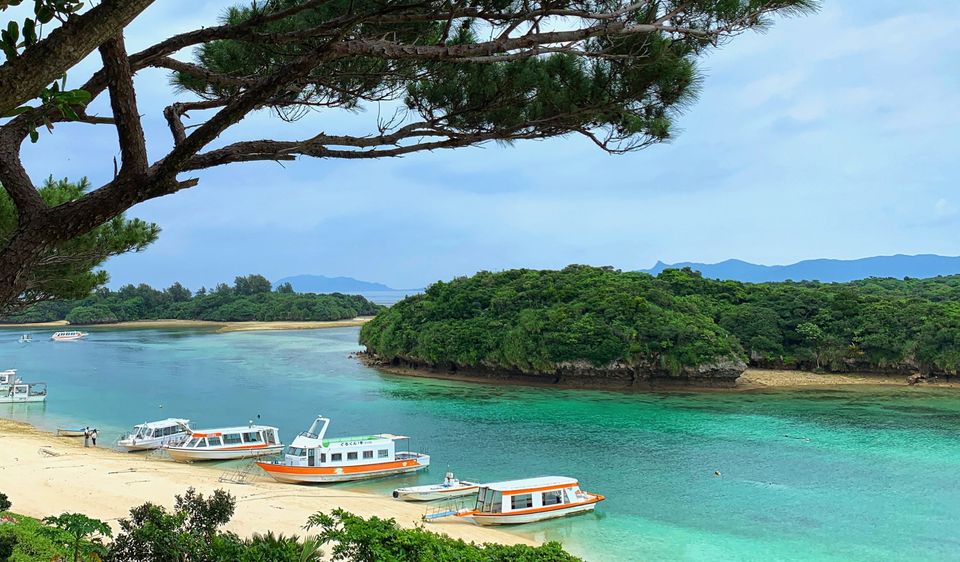
We are now restarting our articles, though we might not always write once a week. If we don't think it's interesting, we won't send it to your inbox :)
And we have a request too. It would encourage us greatly, if you could think of one friend who would enjoy our articles, and ask them to sign up for the newsletter.
Ishigaki is an island in Okinawa (~3 hours from Tokyo), and has pristine beaches, corals, and mangroves. Visiting Ishigaki is worth every minute of the journey - Google it.
In this tropical paradise, a company kept trying something for 19 years till they finally succeeded: cultivating black pearls.
Pearls
Pearls are formed in the soft tissue of shelled mollusks (like oysters).
When some particle or irritant accidentally enters the mollusk's soft tissue it protects itself by secreting nacre - a translucent, crystallized form of calcium carbonate. The oyster coats the irritant with hundreds of layers of nacre, forming what we call a pearl.
So, finding a pearl relied on an irritant accidentally entering an oyster and a human picking that specific oyster, at the right time.
Naturally, pearls were rare. One-pearl-from-thousands-of-oysters rare. It is no surprise they were so highly valued across the world.
Humans, though, did not like this game of chance. Some clever people discovered they could farm pearls.
Nowadays, we open oysters, implant a small irritant, put the oysters into the water, and in 3-4 years, voila! a pearl is formed.
Ryukyu Black Pearls
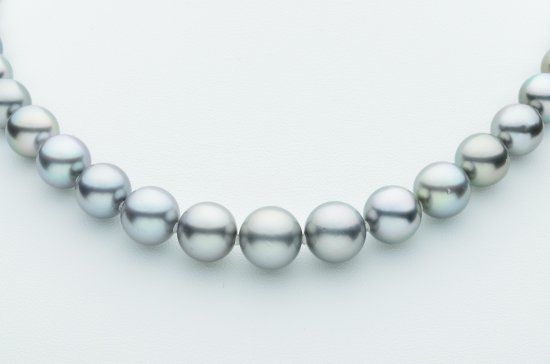
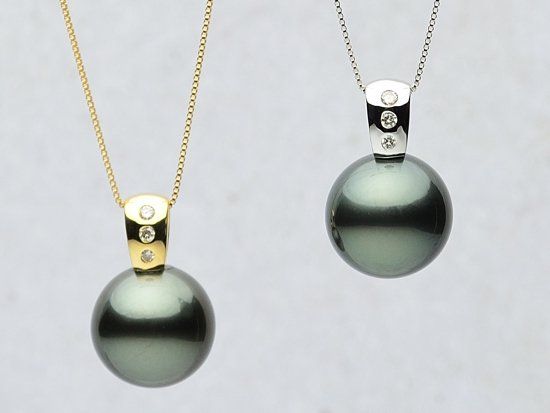
Mass cultivation of pearls was first done by businessman Kokichi Mikimoto in 1916, and changed the history of jewelry forever. Suddenly, what could only be afforded by royalty was within the reach of normal people.
Mikimoto also partnered with the Ryukyu Shinju company to cultivate black pearls.
Black pearls have a beautiful, multi-colored luster but could not be reliably cultivated.
The color and quality of a pearl depend on multiple factors like water composition, cultivation techniques, the species, and temperature conditions. With so many variables, there was no guaranteed formula.
From 1951, Susumu Tokashiki, the former chairman of the company, and his colleagues experimented with different techniques building on their experience. The team tried one thing after the other – making new discoveries and improving the process.
Despite several attempts, Ryukyu Shinju was unable to reliably cultivate high-quality black pearls. It did not help that they had to wait at least a couple of years to see the results of every new attempt.
It was in 1970, 19 years later(!), that they finally unlocked the secret to reliably producing high-quality black pearls.
This was a groundbreaking moment for Ryukyu Shinju. Over the years they had racked up significant loans, funding their experiments. However, the sales of black pearls in the first two years alone erased all their debts.
Ryukyu Shinju now operates their pearl farm in Ishigaki's Kabira Bay (cover image) and has three stores on the island. Unfortunately, they do not ship their pearls internationally.
I strongly encourage readers to add Ryukyu Shinju and Kabira Bay to their travel destinations in Japan. It really is something best appreciated in person.
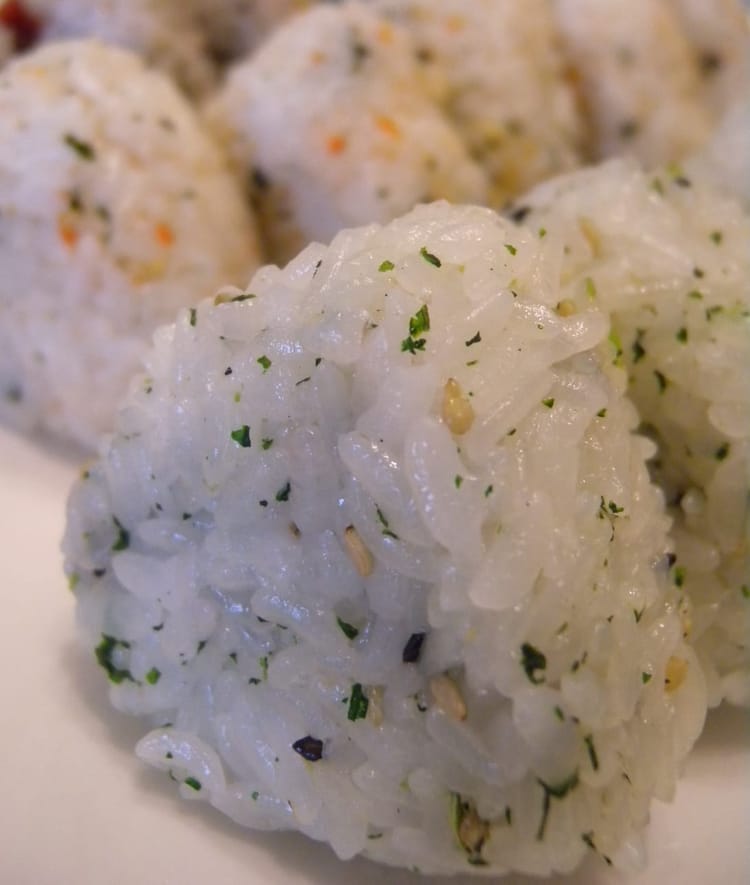
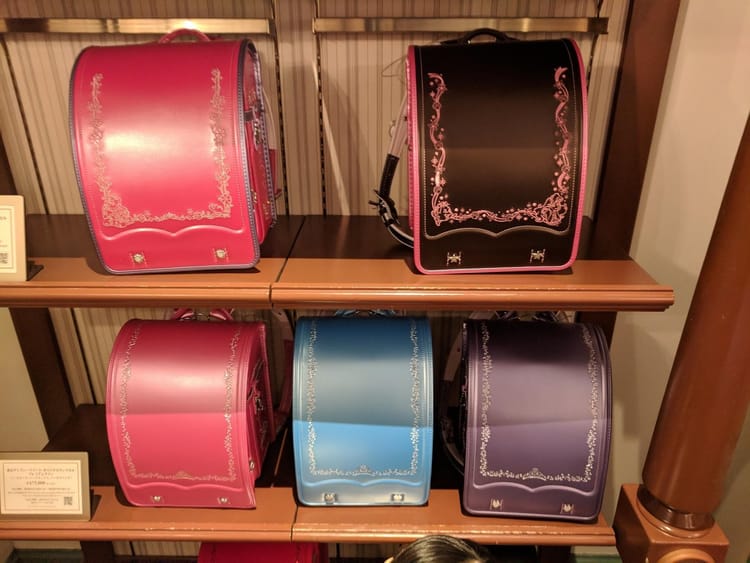
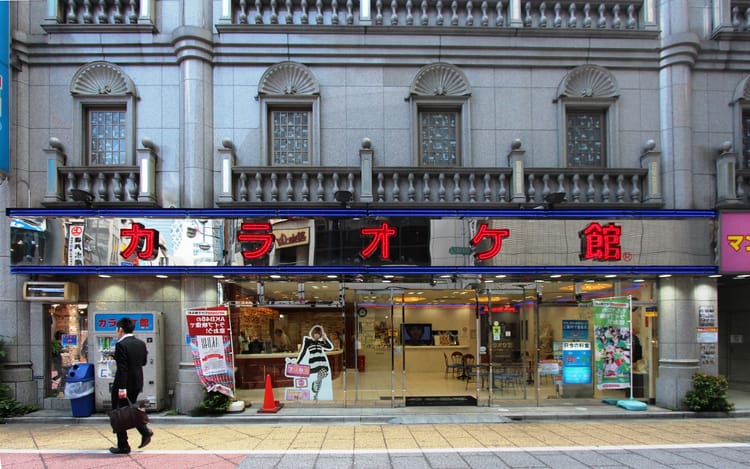

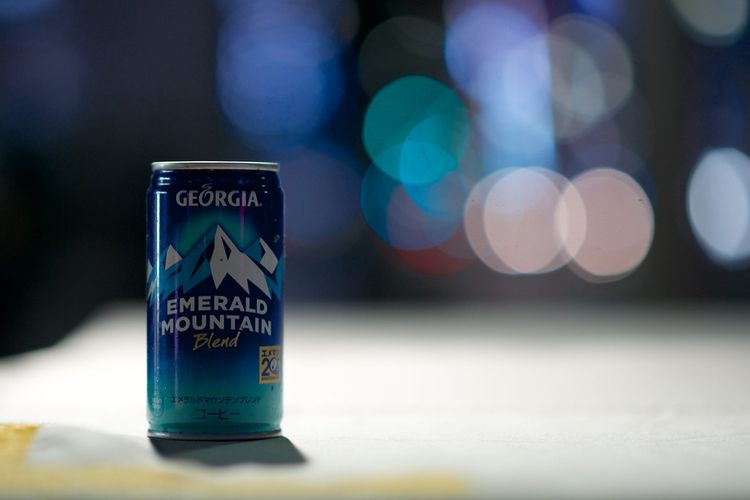
Member discussion